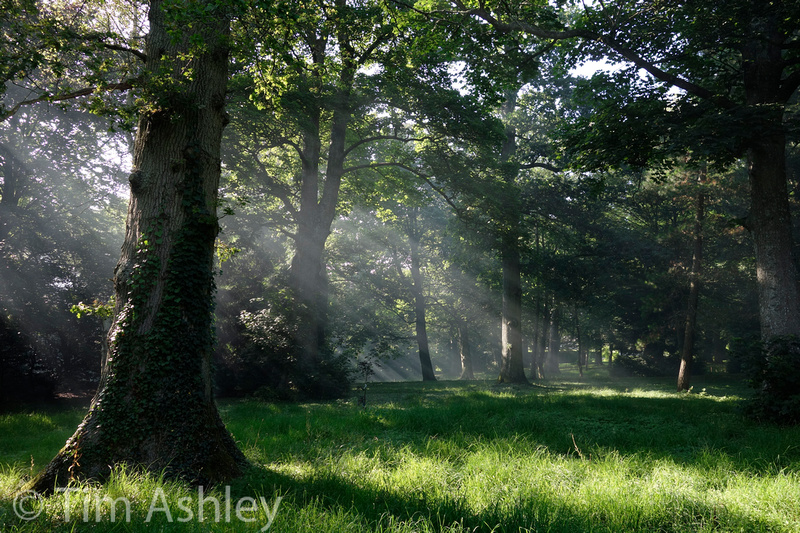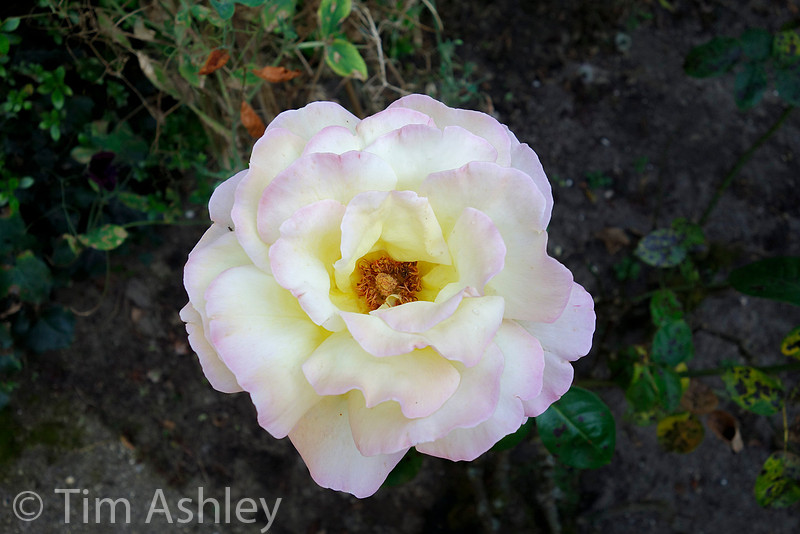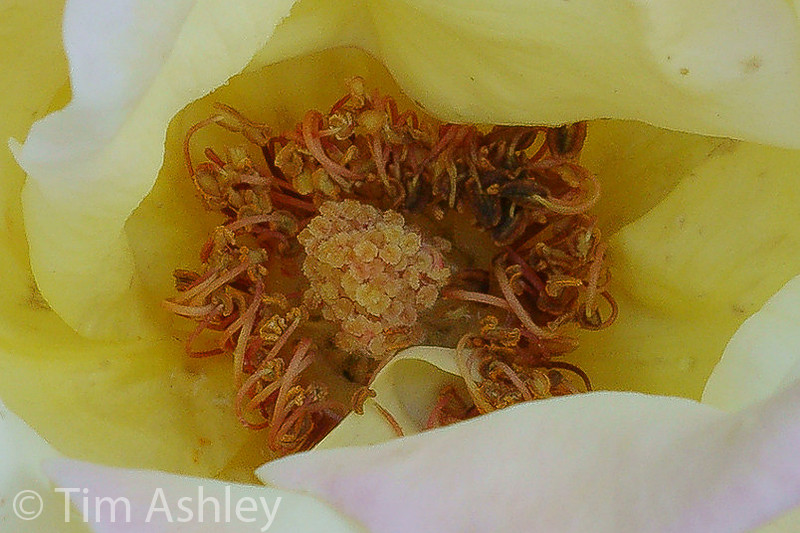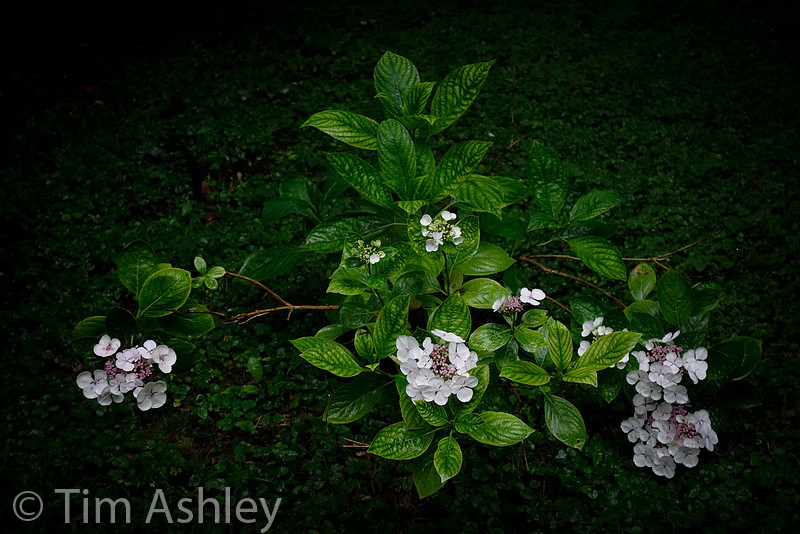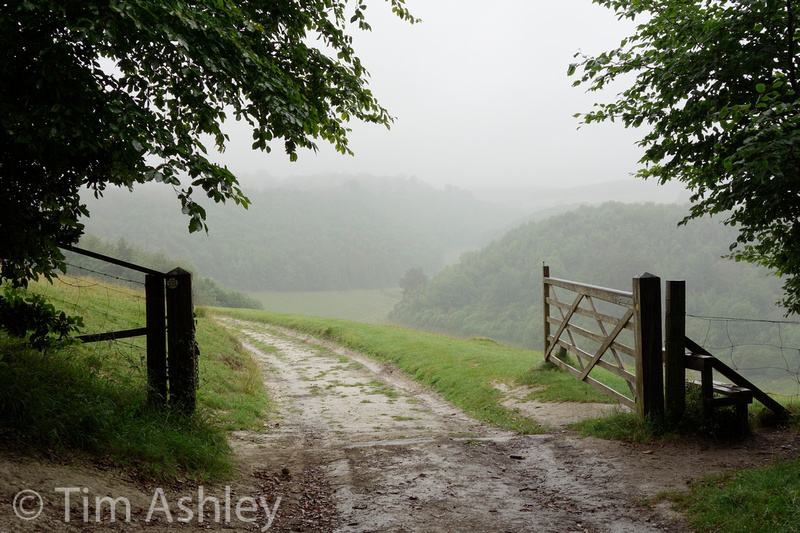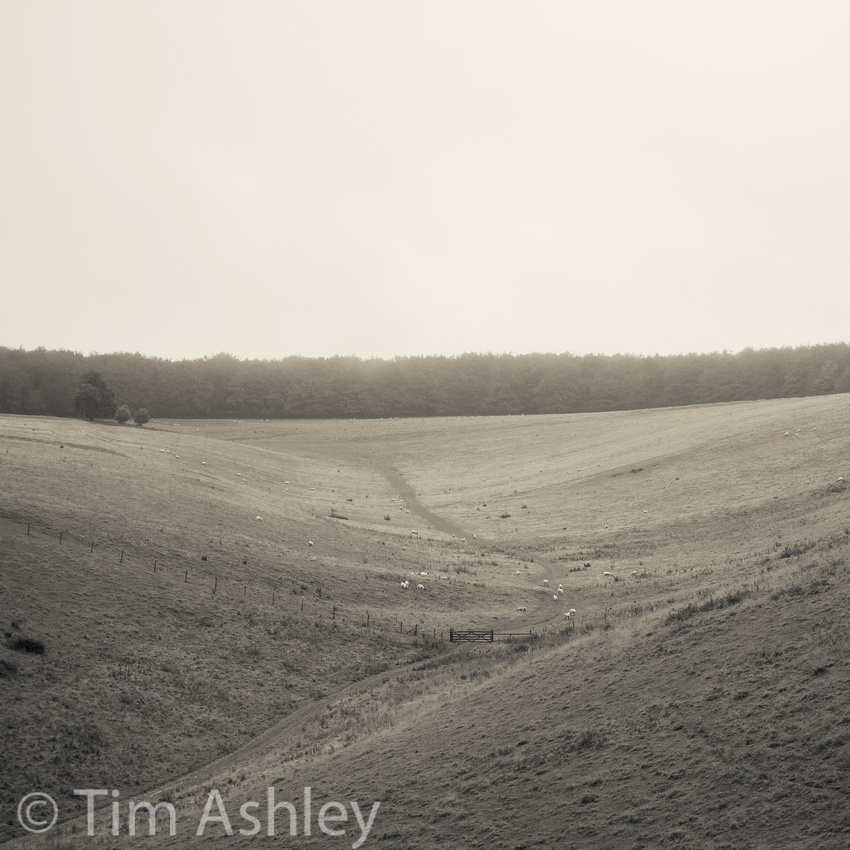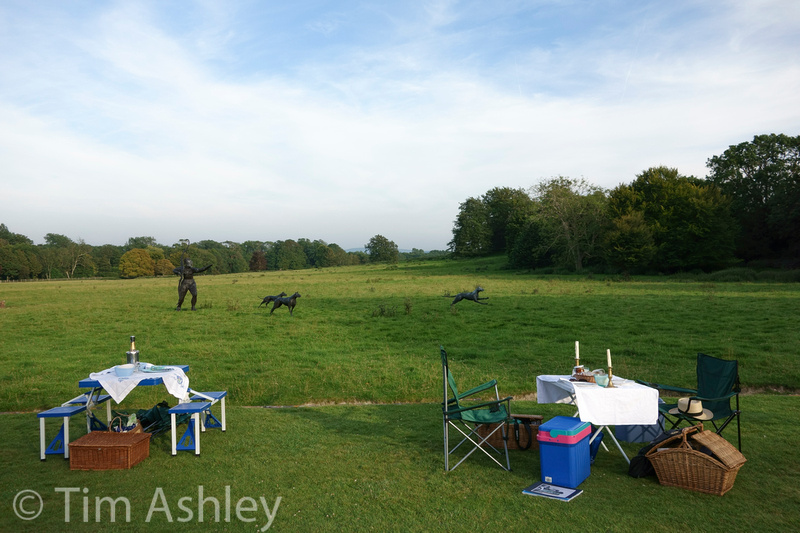Sony RX100 Part 1: A Viable Camera for Exhibition Quality Prints?I have to come clean: I have exhibited and sold images from a Sigma DP1. But in general I tend to use larger sensor cameras with between 18 and 80 megapixels at their disposal, base-lining at Leica M9 and going up to Phase One IQ180. The bigger the better, clearly. And even at my standard size of 54x36cm the differences can usually be seen though this does depend what I print on. I am currently using a Nikon D800E but even that can't make the two metre tall prints that I sometimes like to exhibit. Not to the quality I want. But on the basis that a small print of a great shot is better than a large print of nothing in particular, I always carry a compact with me just in case. And it is amazing how just how often that case happens. So I tend to keep up with the latest in small cameras. Consequently I have a cabinet littered with triumphs of hope over experience: various MFT cameras, a Fuji X100. Some Ricoh stuff. You know the drill. So what I want is: Something that has a large-ish sensor, can take pretty good shots up to ISO800, has a zoom lens that covers 28-100mm equivalent without going soft at the corners, has a fast maximum aperture, fits in a normal sized pocket.... and can make exhibition quality prints up to the above-mentioned standard size. Again, you know the drill. 'Exhibition Quality' is a weasel phrase so let me clarify: I am quite happy to print and sell images with noise, grain, blown areas, soft edges, whatever works for the subject. But for a camera to qualify, it has to be able to make prints that have good dynamic range, no specifically visible noise and are sharp across the frame. And it has to be able to 'do' some bokeh. Simple. Enter the Sony RX100, the latest 'wonder camera'. Can it cut the mustard? Time for some snaps, and that's all they are, but they show the camera in use in a variety of situations and at various focal lengths and apertures. F4 28mm equiv ISO125 1/100th
F4 28mm equiv ISO125 1/250th 100% crop from TIFF of the above... looks a little crunchy due to the sharpening used (see below) but this is appropriate for normal, non-100% viewing.
F3.5 54mm equiv ISO800 1/60th
F5.6 39mm equiv ISO 125 1/40th
Some difficult lighting conditions in some of the above: and the RX100 does have enough DR to cope, as long as you expose it properly, which generally means a little negative compensation for anything with sky in it. The rolloff into clipped highlights is abrupt and of course irrevocable so care is needed. On that note, like many cameras, the overexposure 'blinkies' cut in too early. In fact even a JPEG from the camera will often have a third of a stop of heardroom above what is suggested on the review screen, and a RAW sometimes a third more again. Not reliably, but it happens. It partly depends on whether you have Standard, Vivid, Landscape or whatever selected in camera - I shoot Standard, it makes image review in camera a more accurate indication of what's in the RAW file. Accurate focus is an issue: the focus points are nice and flexible, focus is very fast and generally accurate. But for my money, the points are too big and in low light (actually it doesn't have to be that low) they default to Enormous Mode and are no use to me. Manual Focus is quite good but the peaking sometimes misleads because it is contrast-based in quite a basic way. Also, the ring around the lens is so hard to turn that the forces exerted in doing so when focussing manually make it hard to keep the camera still enough to perform that operation using any degree of zoomed view. I won't repeat all the useful things that Michael Reichmann, Ming Thein and Lloyd Chambers have said about the camera about useability etc. other than to say that largely it is pretty good. It fits even a jeans pocket (unless you're a Teddy Boy) or a shirt pocket. Its internal charger is stupid and irritating. The flash is surprisingly useful. The menu system is one of Sony's better efforts. Colour seems good. There should be a printed or PDF manual but isn't. I only trust the stabilisation by a stop. You can't set minimum shutter speed in auto ISO and it sometimes chooses speeds too low for the abilities of its stabilisation. I want an EVF version the same size... with full weather sealing. You know the drill. Two little annoyances:
I do have a minority report on the RAW converter that you have to download because no one else supports the (stupidly proprietary) RAW files yet: it isn't as bad as some I can think of. But it crashes my un-crashable Mac Pro every time I try to batch process any files in the background. You have been warned. On this subject. My suggested workflow:
If you do all the above, you'll get the best DR, sharpening and NR. My LR sharpening is 60-80/0.7/70/20 and NR is all off, for files shot in good light at base ISO. It works when viewed at 50% zoom as an indication of a 200dpi print. When the mainstream RAW converters support the files, they will also have import profiles that should do a good job with the colours. Until then, you're on your own if you don't like what comes out of the tin. So, back to my original question: can the RX100 make an exhibition quality print by my definition? Amazingly, yes, just about, at lower ISOs if you shoot it right. The lens has about the bottom end of what it takes and the sensor is up to it too. I reserve judgement on images above ISO 200, though they look promising up to about 800. Other reviewers have liked them to higher but so far I don't. Well not enough. Here's an image, processed as above and titivated in LR. Not a very exciting shot but it contains wide DR, needs good DOF and edge to edge sharpness. Click it for a full sized 91% quality JPEG then load it into Lightroom/Aperture etc and look at it at 50% zoom, which on most screens would be equal to a 200DPI print. If it were a more interesting shot, I would have little hesitation in printing it for exhibition, with a bit more work. It's not perfect, but perfect weighs, and costs, a very very great deal more. Job done, thank you Sony. F4.5 28mm equiv ISO 125 1/320th
Pip pip. Comments
Tom,
An interesting post. I wish more sites talked about print size. Could you tell me the maximum size (and at what dpi) you have printed with this camera for fine art exhibition quality images? (I usually print at 300dpi and would love to get a sense of how large I might be able to print for a gallery show if I were using this camera under the best conditions.) Thanks, Jane Thanks, Jane
Mike Hammon(non-registered)
Tom,
Here's the URL for Sony's PDF user manuals. The English version is 3rd from the bottom. http://www.sony.co.uk/support/en/product/DSC-RX100/manuals Cheers, Mike
Christian Hass(non-registered)
Regarding the Enormous Mode AF box in lowish light. If you turn off the AF assist light it'll keep using the small focus box even in low light. It focuses a bit slower then, but at least you retain control of what you're focusing on.
No comments posted.
Loading...
|

